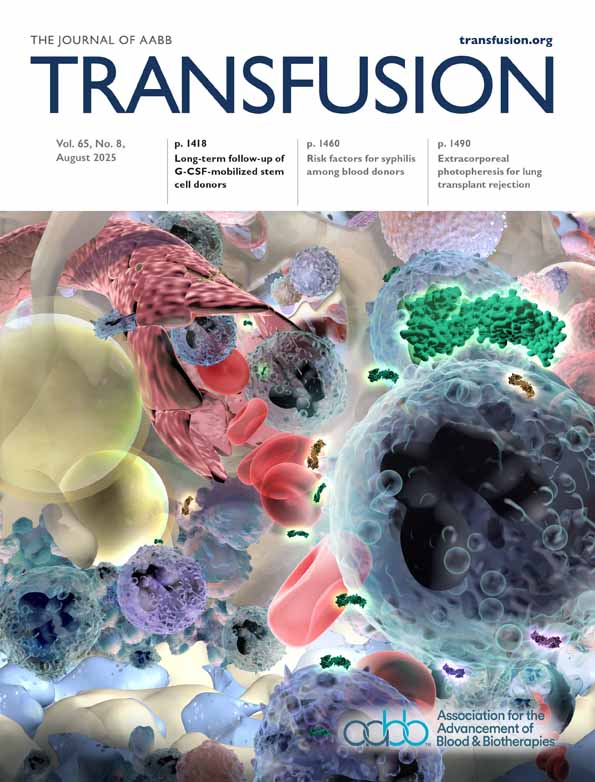Surveillance for Creutzfeldt-Jakob disease among persons with hemophilia
Abstract
BACKGROUND: Although Creutzfeldt-Jakob disease (CJD) has been shown to be transmissible through blood components in rodent models, no human blood-to-blood transmission has been documented. If blood transmission were possible in humans, persons with hemophilia in the United States would be at higher risk of contracting CJD, because they receive large numbers of blood components. Nearly one-half of the hemophilia population contracted HIV in the 1980s, and many of these people have since died with neurologic complications. This study investigated whether some hemophilia patients with neurologic disorders may have died with CJD.
STUDY DESIGN AND METHODS: Hemophilia treatment Centers across the United States were invited to participate in this retrospective surveillance study. The centers were asked to send any available formalin-fixed paraffin block brain samples from hemophilia decedents. Slides were prepared at the Centers for Disease Control and Prevention and reviewed by three expert neuropathologists. Two slides were stained for the prion protein at the request of one of the neuropathologists.
RESULTS: Specimens from 24 decedents with genetic bleeding disorders were collected and reviewed. The panel found no evidence of CJD in any of the specimens.
CONCLUSIONS: Although the study sample is small, these results support the growing evidence that CJD is not being transmitted in the nation's blood supply.




